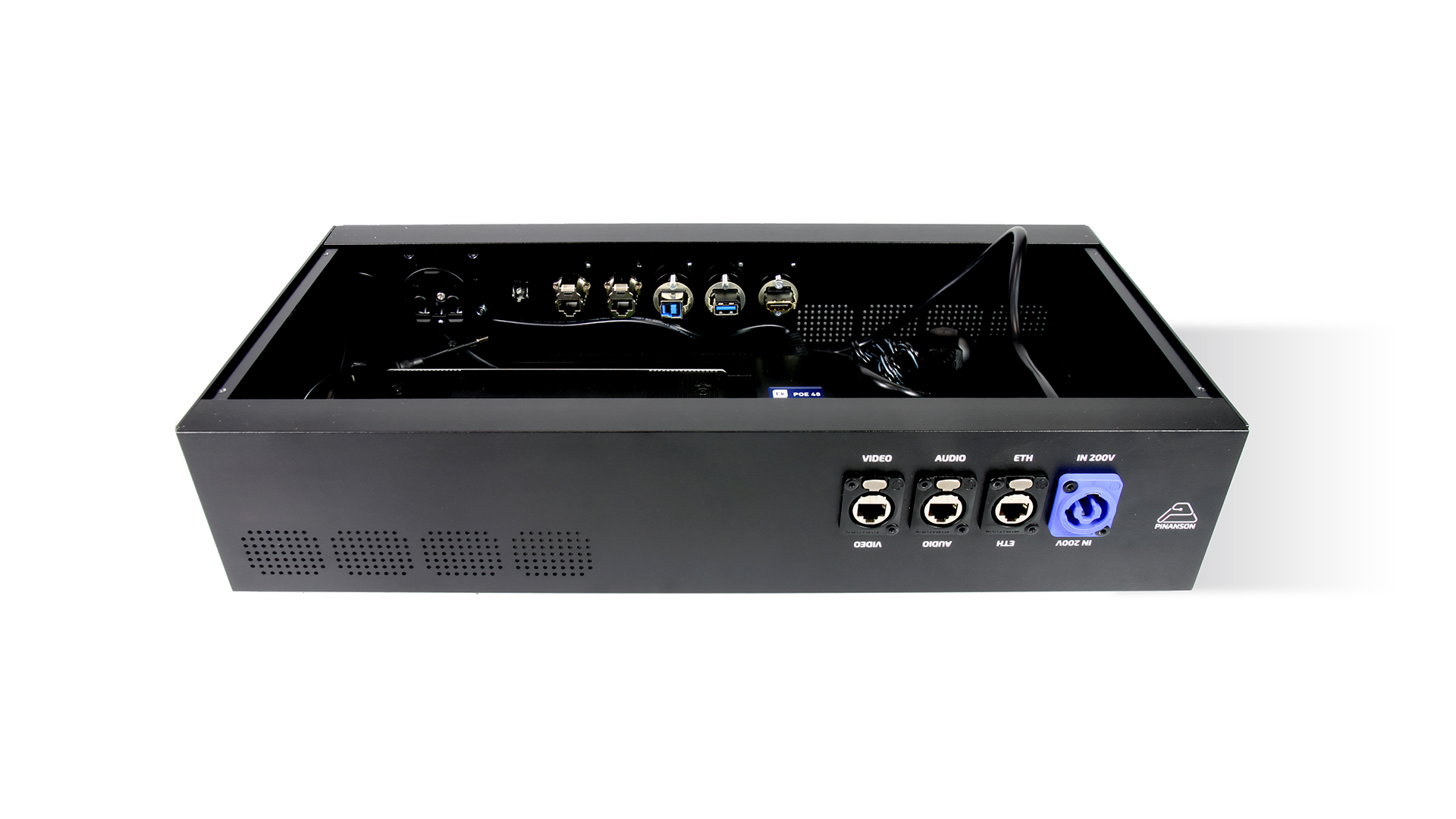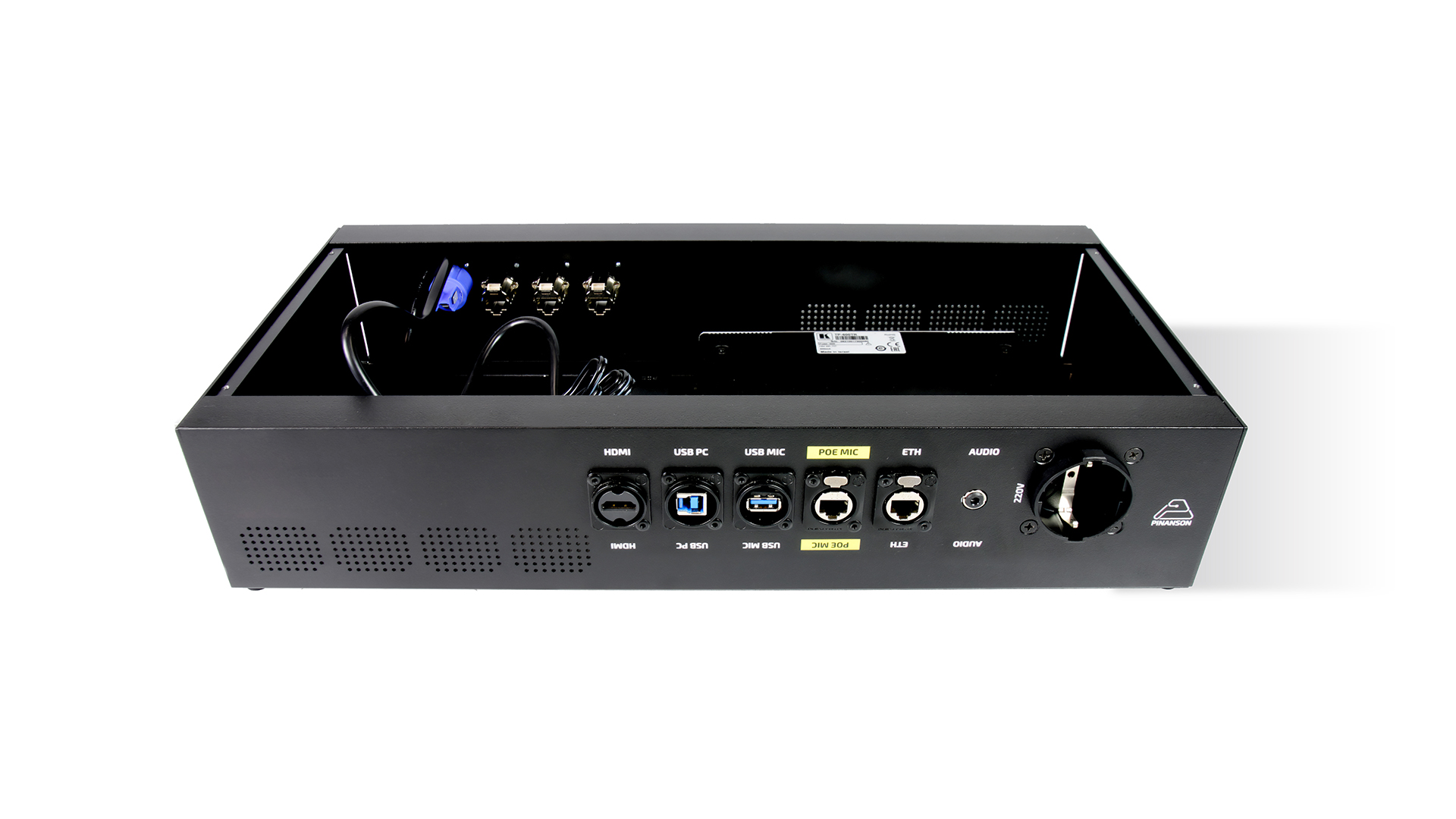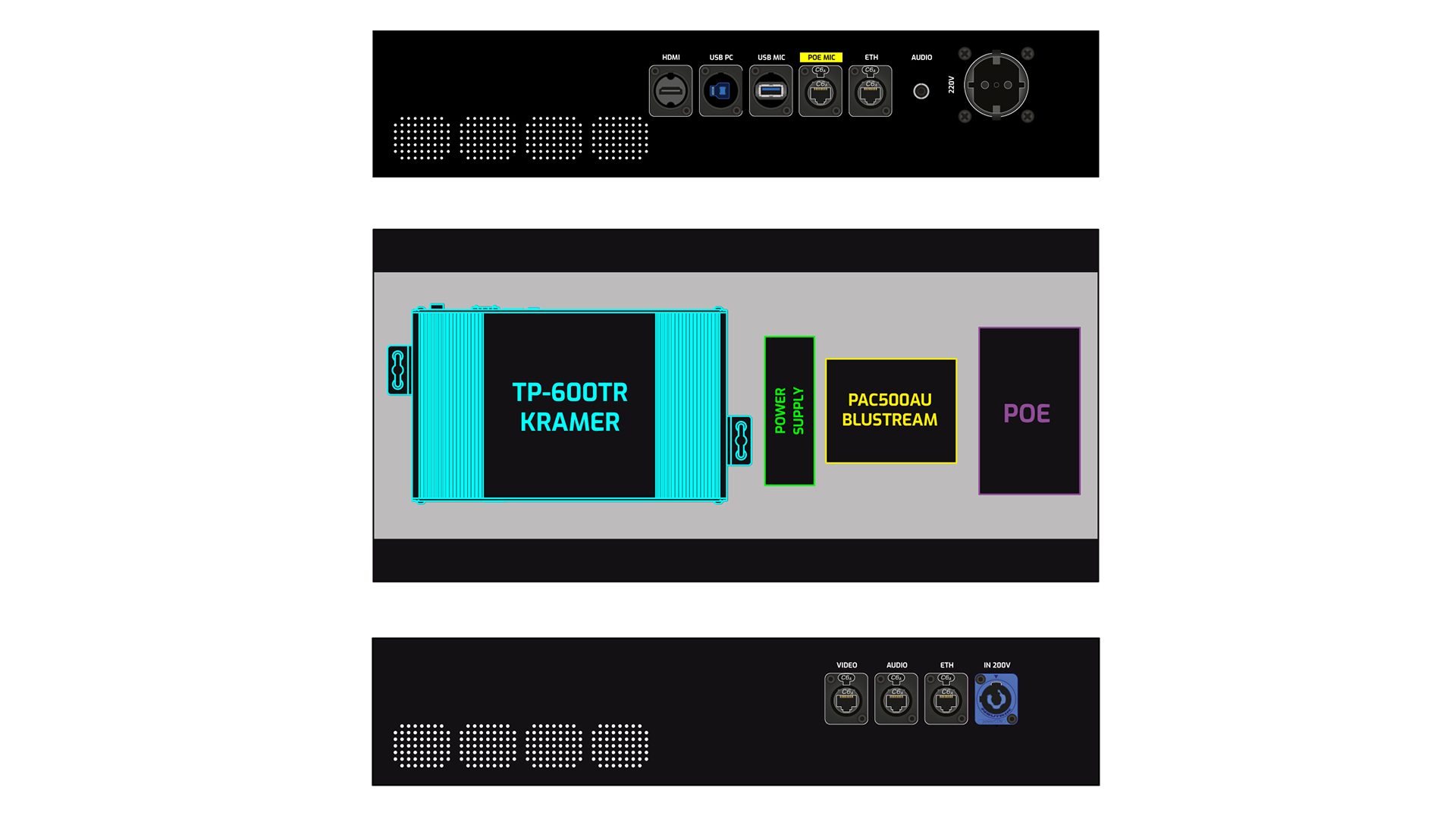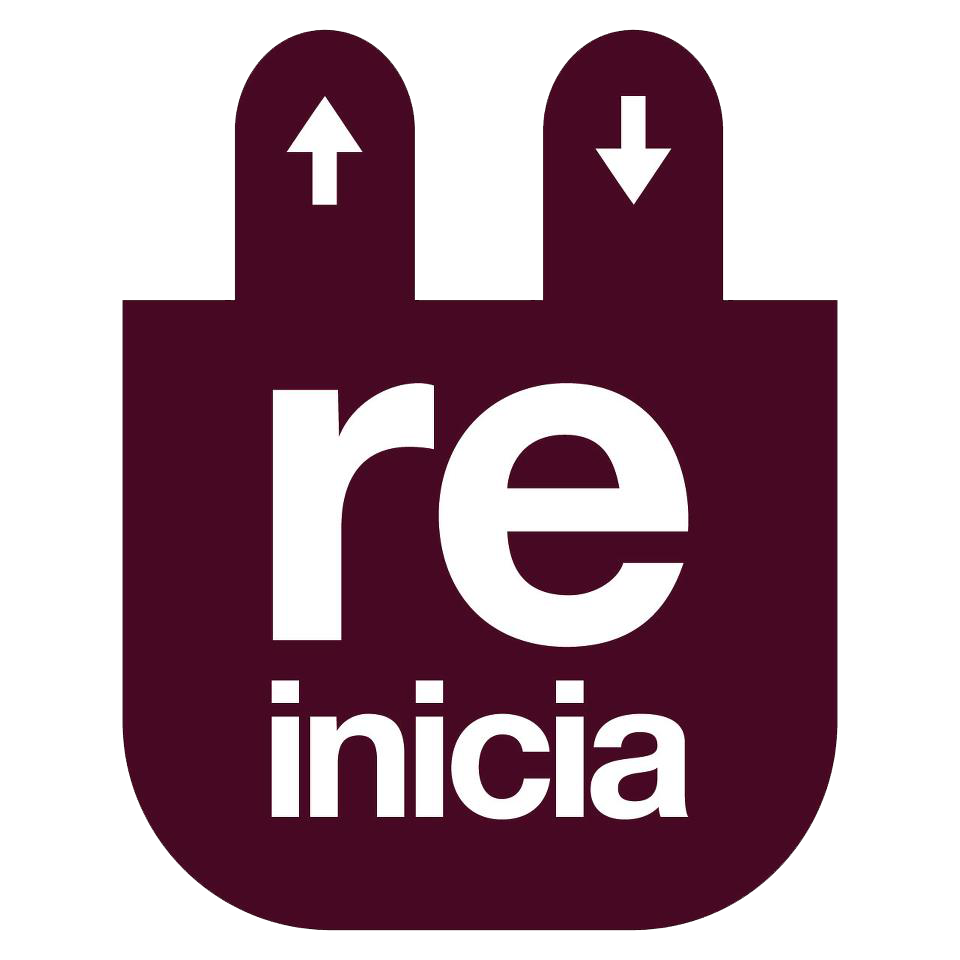It can be a conference room, meeting room, exhibition hall, hybrid education rooms… audiovisual rooms require a multitude of different equipment that transmit, receive, convert and adapt audio and image signals.
The usual thing in this type of integration is to have a variety of equipment from different manufacturers and with very different physical formats of measurements. This complicates their integration into a rack cabinet, and even more so, if we want to install them embedded in a table, wall or under the floor.
Several devices but a single unit
Having all the equipment together encapsulating them as a single unit facilitates their installation and avoids making the connection/disconnection directly on the equipment.
Below, it is an example of a custom made encapsulating box for our client:
As you can see, the equipment is integrated, screwed and connected inside the box.
The connections necessary to transmit and receive signals from the equipment inside are located on the front and rear panels, depending on installation preferences. In addition, ventilation slits are included.
In this example, our client wanted to place the box on top of a non-embedded surface, so this surface-mounted box was manufactured without anchoring, but with legs to prevent it from slipping.
The formats for making these encapsulations are varied: they can be installed in a box for the floor, wall or table, a box for a rack or in boxes to be installed in locations that are difficult to access, such as a lighting truss.



Photo: Encapsulating box REF.: PTRS4351. Front, rear and lateral side.
Custom manufacturing, as the only solution
This solution is only feasible if there is a custom design and manufacturing. The client provides us with the models and brands of the equipment to be able to carry out the design. Knowing where you want to install it is essential in order to offer the box format that adapts 100% to the installation.
Once the design is approved, we proceed to its manufacture under the specific format, color and screen printing specifications. In this case it is important to send the equipment so that the client receives their equipment encapsulated in a single unit, finished and ready to be installed.
“Pínanson, the power of the invisible”








